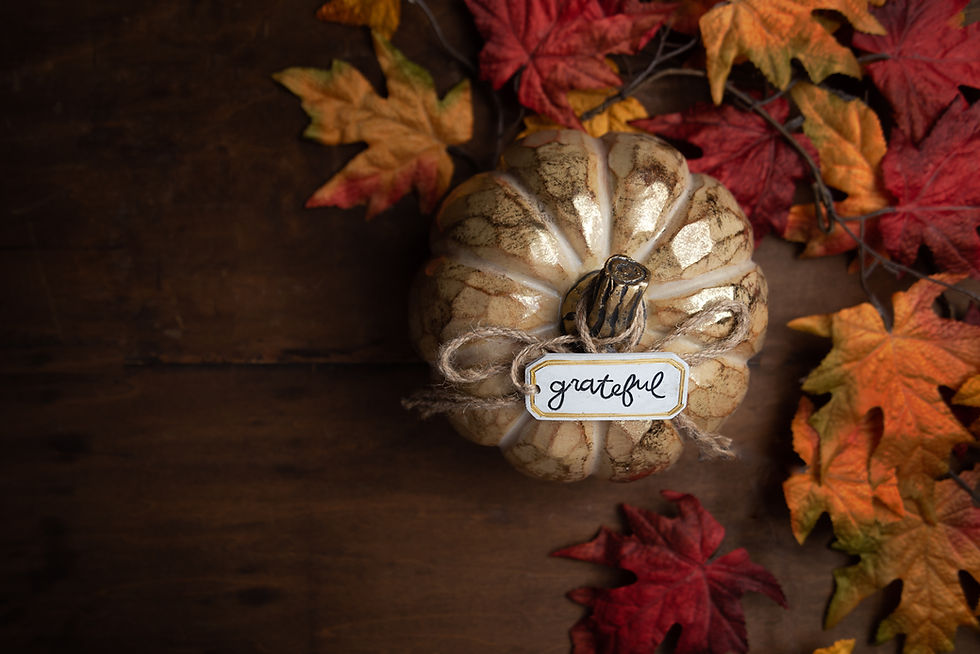Getting Product Post-COVID
- Jan Peterson

- Oct 6, 2021
- 3 min read
The global supply chain disruption caused by COVID is continuing to affect our industry in significant ways. By now, you've experienced these affects on your own business - delays in getting product as well as well as not getting the exact product you want or need, and a severe shortage of hard goods.
Our industry is experiencing the largest growth and shortage of supplies in years. Here are some of the key factors that are causing the stress on all industries:
Consumer Demand is Outpacing Supply:
Pre-COVID trade tensions between the U.S. and China caused a stockpile of product before tariffs were implemented.
Once COVID hit and we experienced lock-downs worldwide, demand for many goods went down dramatically - manufacturing was halted, workers were displaced and transportation of goods was cut.
By the summer of 2020, once the stimulus packages went into effect, the economy got rolling again and consumer demand was at an all-time high - but manufacturing couldn't keep up with orders. From furniture to automobiles to consumer packaged goods - manufactured product was delayed.
Most of us in the flower industry, experienced this dip and then surge in business. In 2020 we were hanging on until the event business came back. Over 1.5 million weddings were cancelled that year. In 2021 we can't keep up with the demand.
Growers around the globe can't supply the surge in demand for flowers and buyers are forced to work harder to find product (if they even can) and pay higher prices. Each day it's becoming more and more of a challenge for wholesalers (both large and small) to supply their customers. Farms can't grow product fast enough and don't have the workers to maintain the fields.
The Supply Chain is Broken:
By the end of 2020, the supply chain started breaking down - importers couldn't get all the parts and raw materials to make finished products, there was a shortage of containers to ship product in because they were sitting in ports waiting to be moved and exporters couldn't get space on planes, shipping vessels and trucks.
The cost of shipping went through the roof - shipping containers cost twice as much as they did five years ago and there is a shortage because containers that were used for PPE to poorer countries were taken out of circulation (and some are still sitting there), and exporters concentrated on moving goods through more active ports.
Then in May of 2020, the Ever Given, one of the largest shipping vessels in the world, caused the Suez Canal to be blocked, so ships had to take longer routes to get to ports in the U.S. More recently ports in Asia closed due to typhoons and those in the Gulf were closed due to hurricanes this summer.
Once shipping containers reach ports, the trucking industry takes over; however there is a severe shortage of truckers in the country, as schools shut down during COVID, seasoned drivers retired and companies closed during the pandemic. Drivers wages are at an all time high - but demand is outpacing new recruits.
Airfreight is roughly 8 times the cost of sea shipment and air travel has been restricted as a result of COVID. Cargo was often bumped to carry PPE, further backing up the supply chain.
Transportation logistics in our industry are being challenged like never before. Flowers are being bumped off flights, trucking companies can't meet the demand due to worker shortages and high fuel costs.
Never have we seen the delays in hard goods as we have recently. Because hard goods depend on raw materials and manufacturing, hard goods are being delayed like all manufactured product across the globe.
The shortage of product and the challenges of logistics aren't expected to end anytime soon. In the meantime, we as florists and wholesalers will have to find ways to navigate this new world - by finding substitute products, sourcing new and local farms and buying on standing order to secure our position in the industry.









Comments